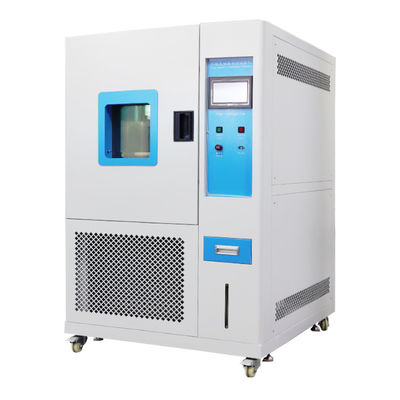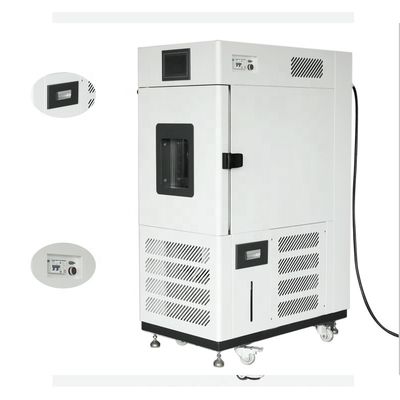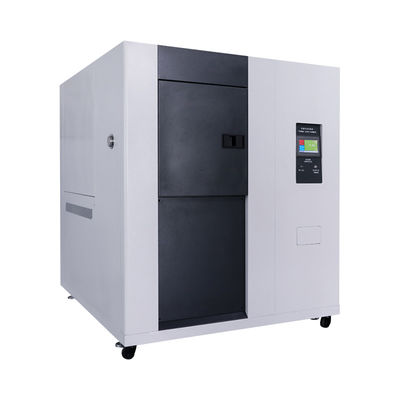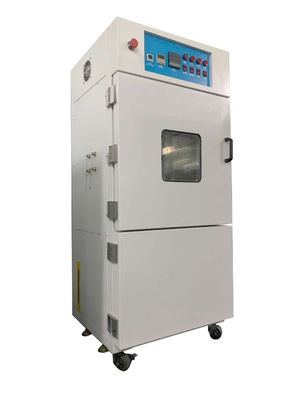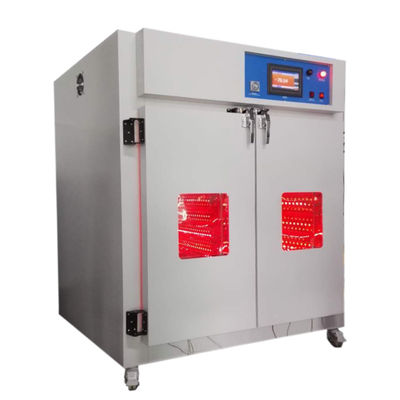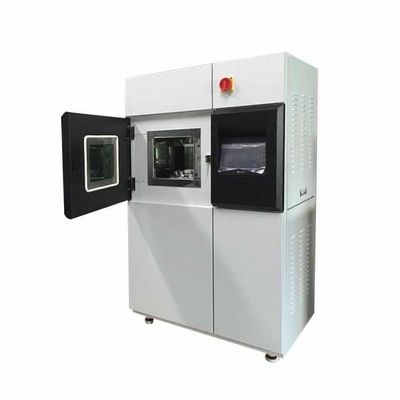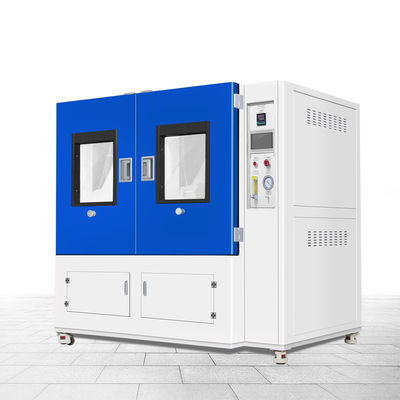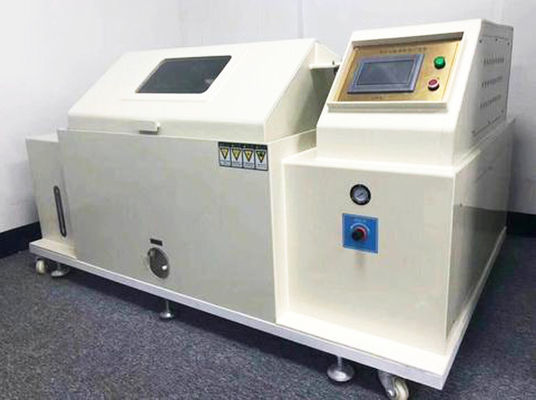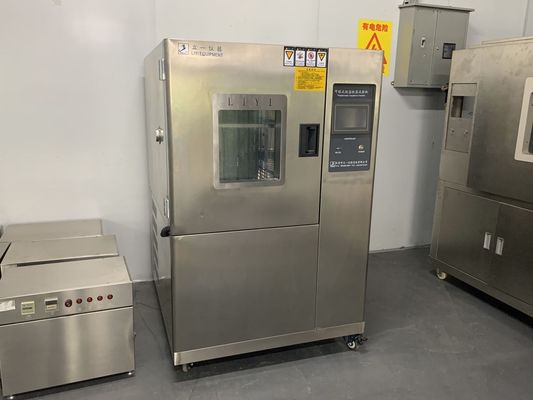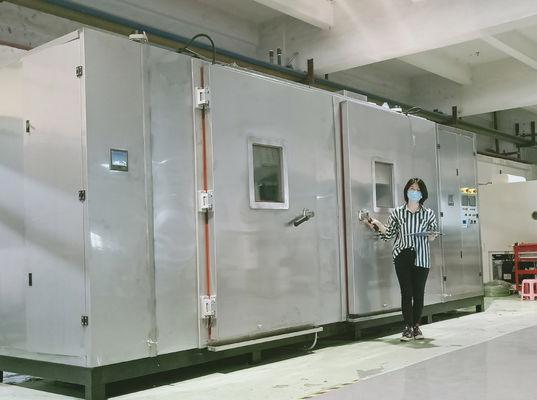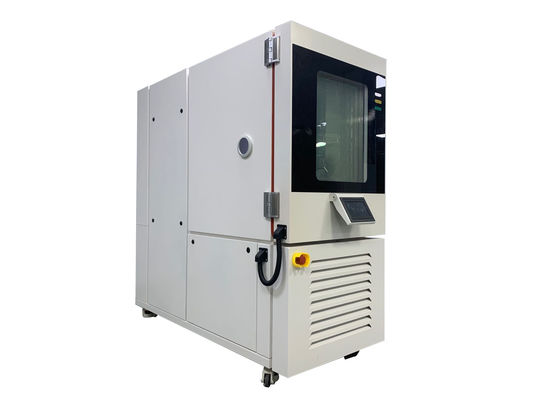The artificial weather resistance UV aging test chamber uses fluorescent UV lamps as the light source. By simulating the ultraviolet radiation, rain, condensation, temperature and humidity environment in natural sunlight, the accelerated weather resistance test is carried out on the material to obtain the material weather resistance result. .
The following is a step-by-step introduction to the test procedure of the artificial climate UV aging test chamber.

Test procedure setting steps
1. Mark each sample before the test. The identification mark should be located in the non-detection area of the sample, and it is not easy to disappear or fade.
2. Determine which properties of the sample need to be tested, such as appearance properties such as color, gloss, chalking, cracks, and mechanical properties such as tensile strength, elongation at break, flexural strength, etc. Before exposing the sample, according to relevant standards or specifications test. If required, for example, destructive testing, use stored samples for performance testing.
3. Install the sample on the sample holder of the artificial climate ultraviolet aging test box. The sample should not be subjected to additional stress. For the test of the rubber sample under stress, see the GB/T7762 standard for detailed installation methods.
For tests to detect changes in appearance such as color, an opaque mask may be used to cover a portion of the specimen. This masked area can be compared with the adjacent exposed area to facilitate inspection of the progress of exposure, but the results of performance testing should be based on Comparison of stored and exposed samples.
In order to keep the test conditions consistent, all vacancies on the sample holder should be fitted with flat plates made of corrosion-resistant material
Whether or not to use a backing and backing material may affect the test results. For small-sized specimens that cannot cover the entire exposure window of the specimen holder, a backing should be used to prevent the escape of water vapor. The use of the backing should be confirmed by the parties involved in the test.
1. Before the start of the test
Set the program according to the selected test conditions, and carry out the test until the required test time. During the test period, the test conditions should be kept stable, and the test interruption caused by the maintenance of the equipment or the inspection test should be minimized.
2. Replacement of sample position
1) The place with high irradiance is generally located in the center of the exposure area. If the irradiance far from the center of the exposure area should have a maximum irradiance of more than 90%, it is not necessary to change the position of the sample. See GB/T 16422.1 for details on the method for determining the uniformity of irradiance in the exposed area of the sample.
2) If the irradiance far from the center of the exposure area of the artificial weather-resistant ultraviolet aging test chamber is 70% to 90% of the maximum irradiance, one of the following two methods should be used to place the sample or replace the position of the sample:
① Change the position of the sample regularly during the test period to ensure that each sample gets the same amount of irradiation. The specific method of changing the position of the sample shall be determined by the relevant parties through negotiation.
② Place the sample only in those areas with a maximum irradiance of more than 90%.
3. During the test
If intermediate testing is required, it should be performed near the end of the drying exposure period. When handling the sample, be careful not to touch and damage the testing surface of the sample. After testing, the specimen should be returned to its original position with the same orientation of the testing surface as before.
4. Test consistency
Test equipment requires regular maintenance to maintain consistent test conditions and should be maintained and calibrated in accordance with the manufacturer's instructions.
5. After the test is completed
After the end, perform performance testing in accordance with relevant standards or specifications.

 Your message must be between 20-3,000 characters!
Your message must be between 20-3,000 characters! Please check your E-mail!
Please check your E-mail!  Your message must be between 20-3,000 characters!
Your message must be between 20-3,000 characters! Please check your E-mail!
Please check your E-mail! 
